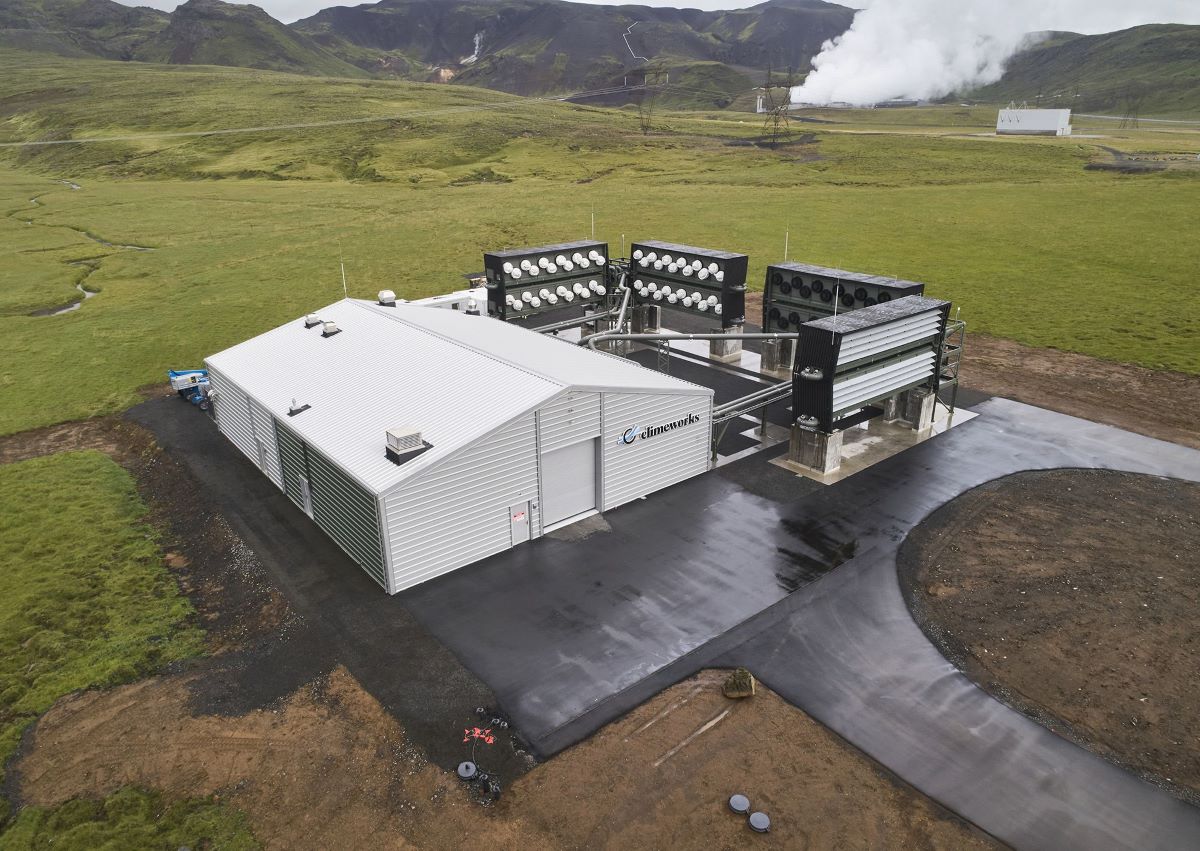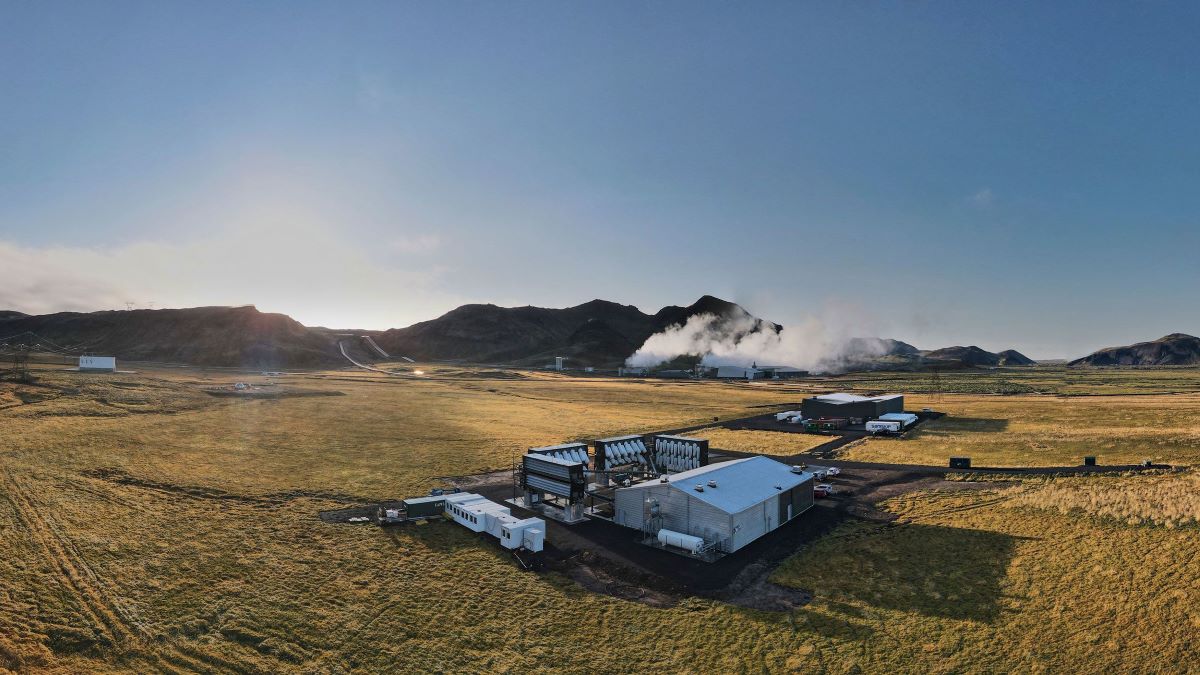Scientists have proposed a method to extract planet-warming carbon dioxide from the air, convert it into sodium bicarbonate, and store it in oceans, according to a new paper.
The technique, described in the study published Wednesday could be up to three times more efficient than current carbon capture technologies.
Addressing the climate crisis requires significantly reducing fossil fuel consumption, which emits carbon pollution.
However, given the high levels of pollution already present in the atmosphere and the likelihood that emissions will not decrease sufficiently in the near term, scientists emphasize the need for air carbon removal.
While natural carbon sinks such as forests and oceans are invaluable, they cannot absorb carbon dioxide quickly enough to match human production levels. Thus, technological solutions are being explored.
One approach involves capturing carbon pollution directly from industrial sources, like steel or cement plants. Another method, which is the focus of this study, is “direct air capture.”
This involves removing carbon dioxide directly from the atmosphere and storing it, often by injecting it underground.
Direct air capture faces significant challenges due to the low concentration of carbon dioxide in the air (about 0.04%), making it a costly and difficult process.
Arup SenGupta, a professor at Lehigh University and study author, told that the low concentration of carbon dioxide presents a “significant hurdle.”
Even the largest facilities currently remove only small amounts of carbon at a high cost, with several hundred dollars required to remove each ton of carbon.
For instance, Climeworks’ direct air capture project in Iceland, the largest of its kind, can capture up to 4,000 tons of carbon dioxide annually, roughly equivalent to the emissions from fewer than 800 cars over a year.
SenGupta explained that the new technique involves using copper to enhance the absorbent material used in direct air capture.
This improved material can remove carbon dioxide from the atmosphere at ultra-dilute concentrations with a capacity two to three times greater than existing absorbents.
Additionally, this material is easy and cheap to produce, potentially reducing the costs of direct air capture.

Once captured, the carbon dioxide can be converted into sodium bicarbonate (baking soda) using seawater and then released into the ocean at low concentrations.
The oceans, being “infinite sinks,” can absorb all atmospheric carbon dioxide with a minimal increase in concentration, SenGupta noted. He suggested that direct air capture plants be located offshore to access abundant seawater.
Stuart Haszeldine, a professor of carbon capture and storage at the University of Edinburgh, who was not involved in the study, described the chemistry as “novel and elegant.” He emphasized that the process, being a modification of an existing one, is easier to understand and scale up.
However, there are potential regulatory challenges. Haszeldine mentioned that disposing of large amounts of sodium bicarbonate in the ocean could be legally considered “dumping,” which is banned by international treaties.
Additionally, some are concerned about the ecological impacts on oceans already stressed by climate change, pollution, and other human activities.
Peter Styring, a professor of chemical engineering and chemistry at the University of Sheffield, stressed the importance of conducting comprehensive eco-toxic studies to understand the effects, even at low concentrations.
He also pointed out that direct air capture remains expensive and inefficient, questioning why we don’t focus first on capturing carbon from high-concentration sources like power plants and industrial facilities.
Some scientists worry that an emphasis on carbon removal technologies might detract from policies aimed at reducing fossil fuel consumption, potentially allowing polluters to continue emitting carbon.
Despite these concerns, governments and international bodies are pushing to scale up carbon removal technologies due to the severity of the climate crisis.
Further research is necessary to evaluate the method’s scalability, but it shows promise, according to Haszeldine, who stated, “the world needs lots of this type of discovery.”
SenGupta believes the technology is ready for trials outside the lab.
“This is the time to go forward and do something in maybe two or three different places around the world. Let other people get involved, find faults, improve on it, and then proceed accordingly,” he said.







Leave a Reply